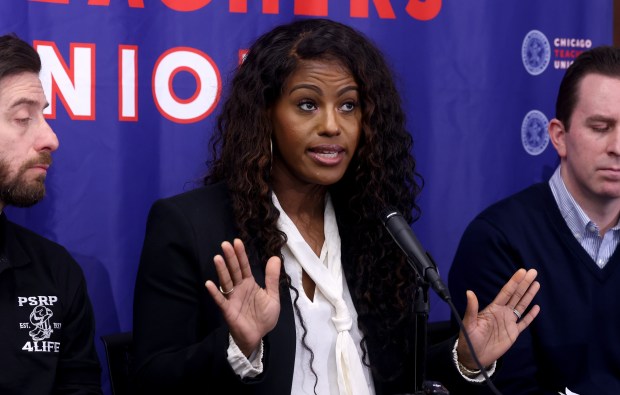The Elgin Police Department may be trading in its ROPE houses for a mobile tiny house in which an officer can work and move from neighborhood to neighborhood.
Elgin Police Chief Ana Lalley introduced the idea to the Elgin City Council at a recent meeting, saying the concept was suggested by Cmdr. Adam Schuessler during a discussion on what to do with the vacant 429 Jay St. ROPE house given the amount of work the home needs. ROPE stands for Resident Officer Program of Elgin.
A tiny house would cost between $95,000 and $135,000, and would be built to police department specifications, Cmdr. Heather Lencioni said. The department would would need a vehicle to transport it once construction is complete and the home delivered in nine to 16 weeks, she said.
While they have a rough concept of what it would look, the department hasn’t finalized a design, Lencioni said. The idea would need council approval to move forward.
The current ROPE program assigns officers to live in city-owned houses so that they are part of the community and accessible to residents, Lalley said.
“We thought this (tiny house idea) could be a blank canvas,” she said. “It’s time to move the (ROPE) program forward.”
If they push ahead with the proposal, the four ROPE homes still in use would be phased out as officers complete their multiyear assignments, the chief said.
“There has been no decision made in terms of what we’re going to do. This is just the start of the conversation,” Lalley said. “It allows the community to be aware of what we are doing in a very public, very transparent way.”
Making the switch to one tiny house and away from the neighborhood police homes would mark a major shift in a program heralded as a model of community policing when it started more than 30 years ago.
“Innovation is what moves organizations forward,” Lalley said.
The community policing/ROPE program began in 1991, initiated by then-Police Chief Charles Gruber and Deputy Chief Eric Isom. Officers were chosen to live in homes in neighborhoods identified as high-crime areas. At one point, the city had nine ROPE officers.
Having a designated officer in a neighborhood allowed the department to create a partnership with the community so residents could help the police identify and solve crimes in their area and play a role in improving their quality of life, Lalley said.
Those partnerships have lasted decades, she said, and while ROPE continues to be a successful program, the city and its neighborhoods have changed. The city doesn’t have the same crime rates it did 33 years later so it makes sense for the program to evolve, she said.
City Councilman Corey Dixon agreed.
“I love that idea (of a ROPE tiny house),” Dixon said at the meeting, lauding the positive impact the original program has had on residents, including himself.
Until he had contact with the program, he said, he thought police work was the same as what he saw on television shows. After meeting former ROPE Officer Terrance Allen, his perception of police officers changed, Dixon said.
“He was someone like me, someone I connected with,” Dixon said. “I would see him around with no uniform. He looked out for us. He completely morphed my idea of what an officer was.”
Back in the 1980s and ’90s, he couldn’t imagine getting rid of ROPE, he said. That he can now because neighborhoods have changed is a testament to residents, police, council members and city staff, he said.
That said, it’s important to keep the ROPE program alive in some form, Dixon said.
“We need to keep our foot on the gas and not let go,” he said.
Mayor Dave Kaptain said Isom and Gruber should be recognized for their visionary work in creating the ROPE program.
“I think this is a good transition. I’m sure Eric would be proud,” Kaptain said. Isom died just a few weeks ago and Gruber in 2021.
The mayor said the council will discuss the tiny house concept in more depth once the police department has a more detailed plan.
Gloria Casas is a freelance reporter for The Courier-News.



